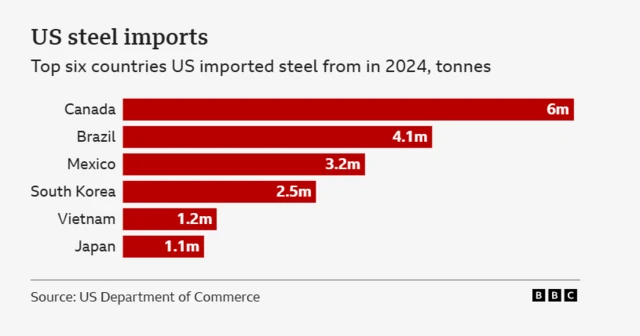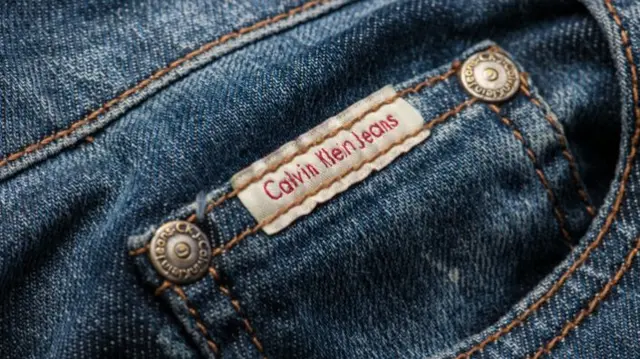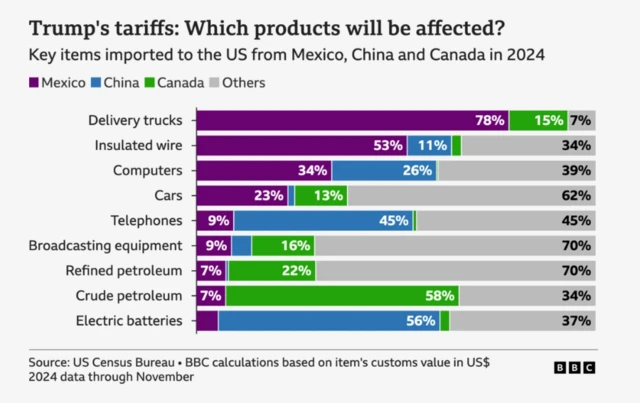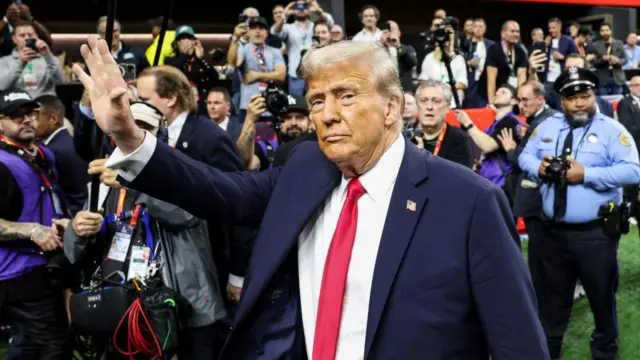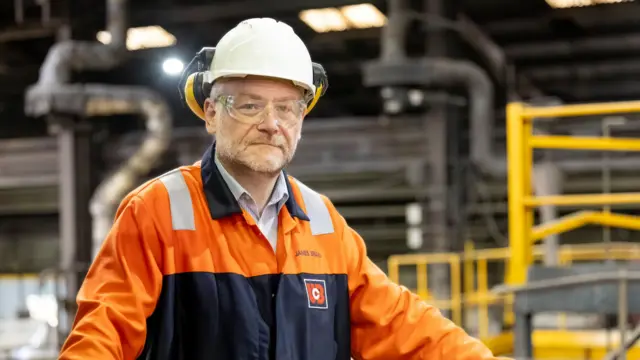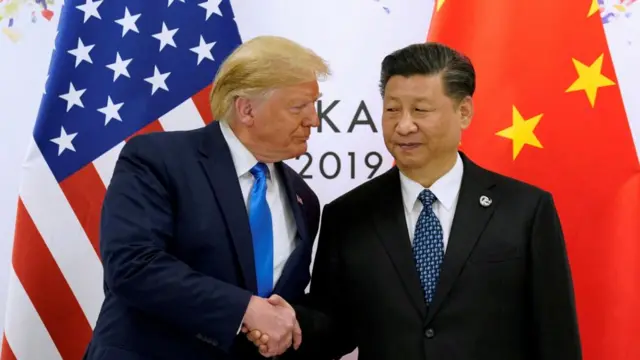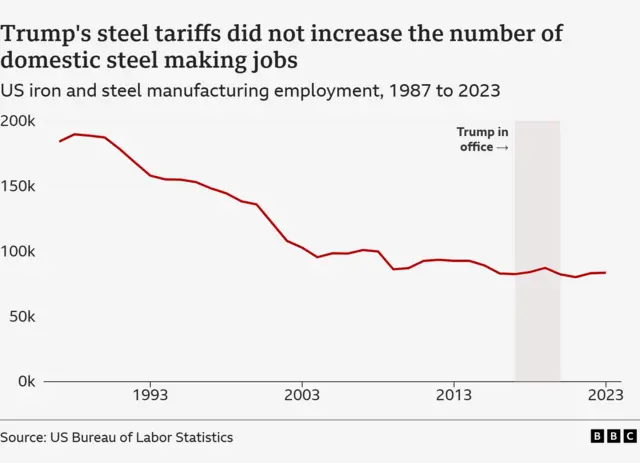Trump expected to sign order on steel and aluminium tariffspublished at 16:47 GMT 10 February
 Bernd Debusmann Jr
Bernd Debusmann Jr
Reporting from the White House
While we know that President Trump is expected to sign executive orders at about 1300 EST (1800 GMT), the White House has so far not provided me any specific details into what those could be - though I approached them to see if they could shed any light on the topics.
Many observers will be watching to see whether those executive orders involve his highly publicised promise to introduce 25% tariffs on steel and aluminium imports, a decision that would send shockwaves throughout the global economy.
The BBC's US partner, CBS News, reports an executive order to that effect is expected to be signed at the session, along with another aimed at reversing a Biden administration measure to reduce the federal government's use of plastic straws.



